Most people think of the Internet and the Web as a sort of formless thing “out there”, but the internet is very much a physical system. It’s the largest and most complex machine humanity has ever built and once you understand its size and complexity it seems like a miracle it works at all.
No single entity “owns” the internet, but every single part of the internet belongs to someone! Confused? By the end of this article you won’t be!
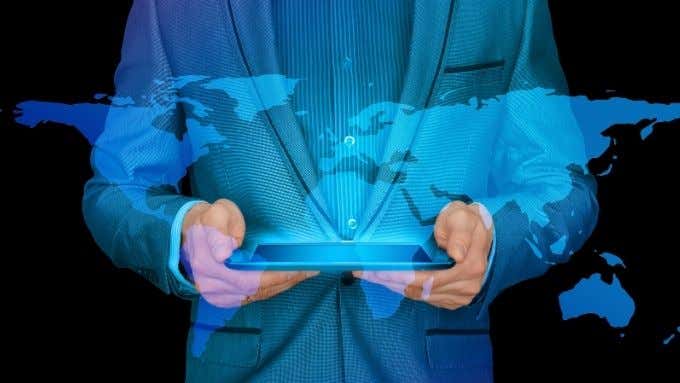
The Difference Between the Internet and the Web
First, we need to clarify that the internet and the Web are two different things. The internet is the actual hardware and software that makes the global network, well, work.
The Web, on the other hand, is a service that runs over the internet. Most of the internet isn’t the web. The Web and the websites that form it are just the most familiar public face of internet technology, but other services like FTP, email, video streaming and many more also flow through the same system.
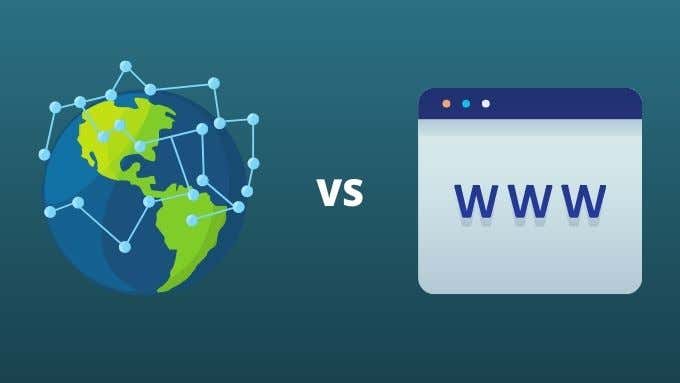
In this article we’re using internet and web architecture a little loosely to make the explanation simpler, so don’t forget about the bigger picture.
A (Very) Short History of the Internet
There are plenty of great articles dedicated to the history of the internet, we’d recommend reading the one by the Internet Society for a perfect blend of detail and length.
For our purposes here, what you need to know is that the internet began as a government project between the US military and public universities. They developed the first technologies that allowed computers to be networked together over long distances.
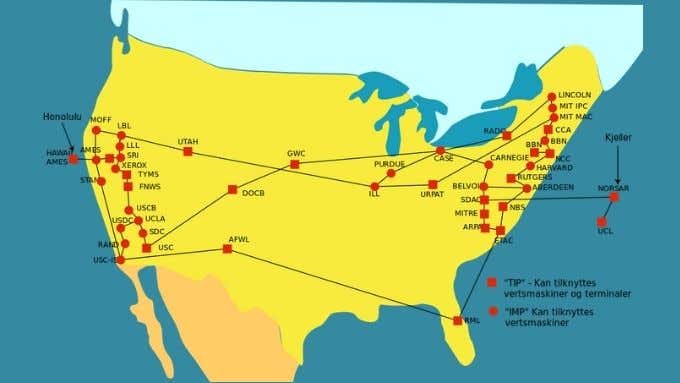
Most importantly, this “internetwork” would be decentralized. So if large parts of it were knocked out, data could still find a way to get to the right destination. It’s called an internetwork, because it’s a network made up of other networks. One of these networks is actually entirely owned and operated by you!
The Internet Starts at Home
That’s right, the first network you encounter that makes up part of the internet is your own local home network. Your router networks all of the devices connected to it via Ethernet or WiFi together.
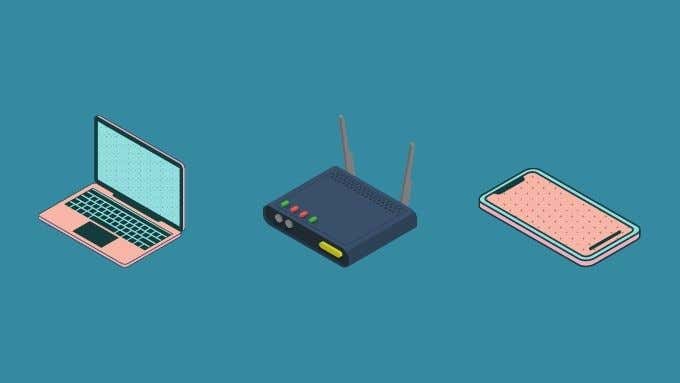
Even if your connection to the internet goes down, your local network will still work. It’s like your own personal in-home internet and you can actually set up your own streaming servers, websites and cloud storage without any outside networking required. So, this is the part of the internet that you own. Congratulations!
Covering the Last Mile
Your local network’s connection to the internet at large happens through what’s sometimes known as the “last mile” connection. There are a variety of different last mile technologies. These can be wired or wireless. Common wired examples are optical fiber or copper-based DSL (digital subscriber line) connections.
Wireless internet connections are mostly through the cellular network, using 5G, LTE and other cellular data transmission standards. Rarely, sites might be connected by special long-range WiFi connections.
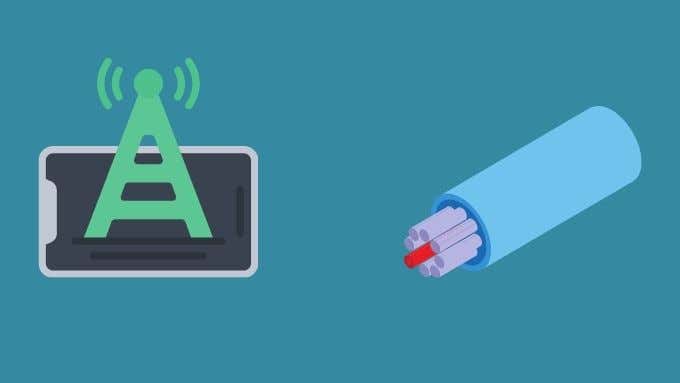
That last mile connection doesn’t plug you directly into the entire internet though, which doesn’t even make sense as a concept. What you’re actually connecting to is your internet service provider. Well, actually you’re usually connecting to several different internet service providers, although you’re not doing business directly with all of them. Don’t worry, it’ll soon be clear.
Three Tiers of Service Provider
Let’s say you have fiber internet, you may pay one company for the physical fiber internet connection and then pay another company for the actual internet access. The companies you do direct business with can be “Tier 3” internet service providers. They operate and service the last mile connection into your home and use the money their clients pay them to pay ISPs who actually own larger network infrastructure to carry their data.
These are known as “Tier 2” service providers. These providers also do business directly with customers, so your ISP may actually be a Tier 2 company. Their networks are large enough that they can negotiate “peering” agreements with other Tier 2 service providers.
With such agreements these networks let internet data flow freely across the system. Since all the Tier 2 networks involved benefit from these peering arrangements, they’re usually made with little fuss. Still, no single Tier 2 network can reach the entire internet on its own, which is why they need to buy internet access on an even larger type of service provider network.
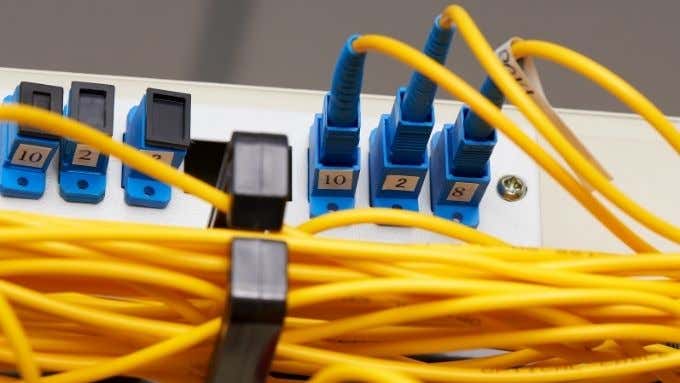
“Tier 1” service providers are at the top of the food chain. These companies own massive networks that are large enough to reach nearly every corner of the internet and where they can’t, they have peering arrangements with other Tier 1 networks to fill in the gaps.
As you can see, the internet consists of this hierarchy of networks. It’s a bit like a massive tree or arterial system. Last mile connections feed into local exchanges, which feed into high speed internet backbone networks, which then connect to massive international trunks. Your internet packets have to navigate that insanely complicated labyrinth just so you can chuckle at a funny cat on the internet. Think about that for a second.
Data Centers for Everyone
So this massive network of networks we call the internet makes sure we’re all connected, but it doesn’t actually have any of the content that we want the internet or the web for in the first place. The content of the internet (such as websites, cloud storage, etc.) exist at network nodes. The computer from which you upload pictures to Instagram is such a node and so are the servers that host the websites you like to visit.
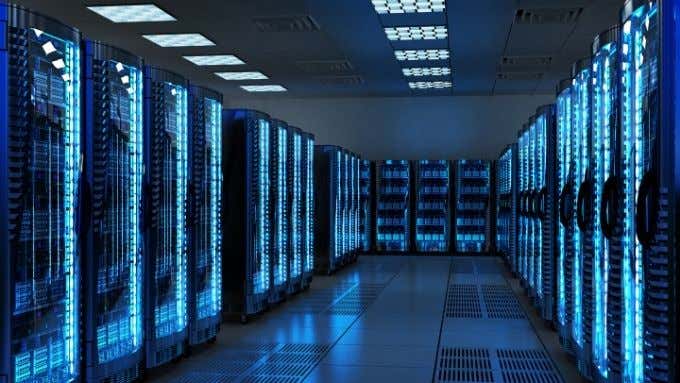
While you can easily run your own web server from home, these days the vast majority of servers (computers that host content and services) are inside massive data centers. These buildings hold thousands and thousands of special computers that power the internet and all of the services that run on them. They are often connected directly to nexus points in Tier 2 or Tier 1 networks, ensuring they can handle the massive amounts of data that have to flow in and out of them every day.
Undersea Cables, Satellites and Other Big Internet Tubes
While we’ve covered the broad strokes, there are some finer details about internet infrastructure worth mentioning. While network connections over continuous land aren’t that interesting, the internet covers the world. Where land masses are separated by massive bodies of water!
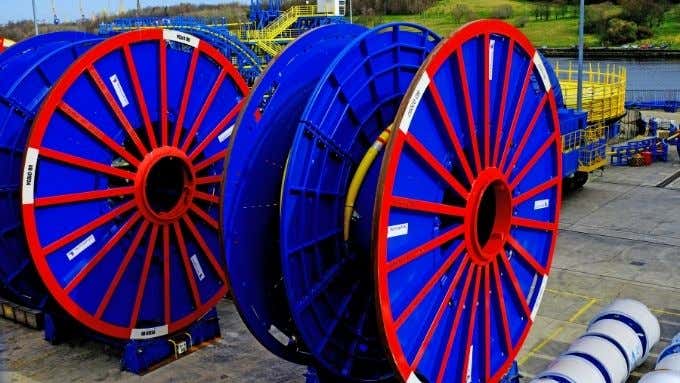
Ultra high-bandwidth undersea cables are the main data trunks that cover these gaps, but we’re also starting to see a new generation of satellite systems, such as StarLink, that can form a wireless internet web in the sky. There’s even ongoing research on new ways of transmitting data across vast distances using quantum physics.
The internet is one of the few things that almost all nations cooperate on, because it’s beneficial to all of us. So while it’s true that no one person or entity owns the internet, it’s not wrong to say that together we own it as a collective and, while just over half of humans have access to it today, in the near future it really will connect every last one of us.